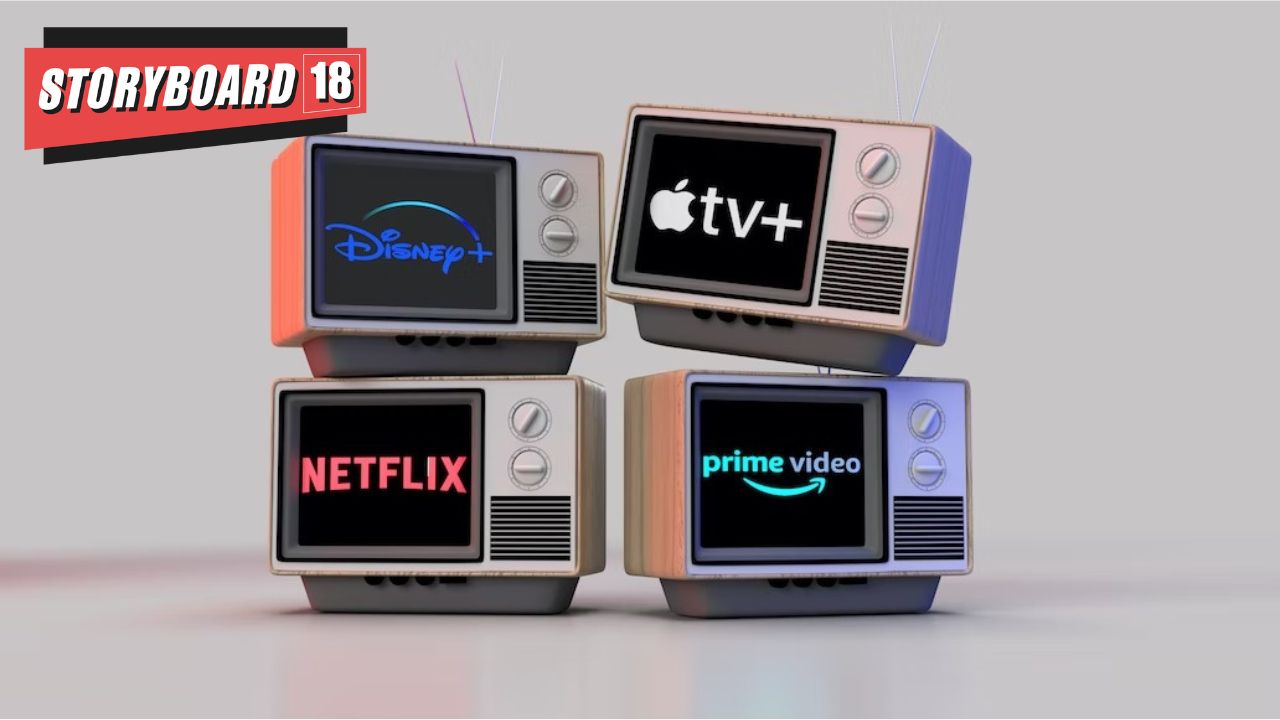Across linear and OTT, the average daily watch time is 2h 53m. That’s a big chunk of time and a great opportunity to reach viewers. But how are those viewers actually consuming content?
Time spent on streaming platforms has surpassed linear TV watch times by 22 percent. Cord trimmers (those who watch OTT and linear), cord cutters (a little linear, mainly OTT), and cord nevers (OTT-only) outnumber those who only watch linear TV three-to-one.
In addition, three of four people report watching OTT video content as a part of their TV viewing behavior. Even when streaming, viewers are further divided:
CTV provides an opportunity linear does not have, to drive engagement and recall with ads. In fact, only 5 percent of users reported watching more than 15 ads on linear TV. This possibly points to the fact that most viewers do not pay attention to ads on linear TV due to oversaturation, or their tendency to multitask while watching linear TV, leaving commercials running while they’re in and out of the room.
Meanwhile, OTT is tuned into for specific programming, so ads are more likely to be consumed because they are fewer and unskippable at the start and middle of programming. On top of this, linear commercial ads are on average 50 percent longer than OTT commercials. In the attention economy, shorter and less frequent OTT ads should have the upper hand.
With viewers watching across multiple platforms and multiple screens, advertisers need to work harder to capture attention. Quality, context, and resonance of ad messaging is more important than ever. For the minority of advertisers that consider themselves CTV experts, the fact that almost half of businesses aren’t investing more in CTV, presents a big opportunity. If those advertisers double down on this approach, they could
pull away from the competition.
Programmatic offers an opportunity to tell a cohesive story across multiple platforms. With this approach, you can leverage high-quality data and impactful creative to reach your audience on multiple screens with the right message, at the right moment.
Today, you can’t just assume someone watching a cooking show will want to see a fast-food ad. On CTV, connecting audience data from a website or CRM, or using digital contextual signals to define interests and intent, can help you target people with ads they’ll actually care about.
The adage of quality over quantity applies here, too.
